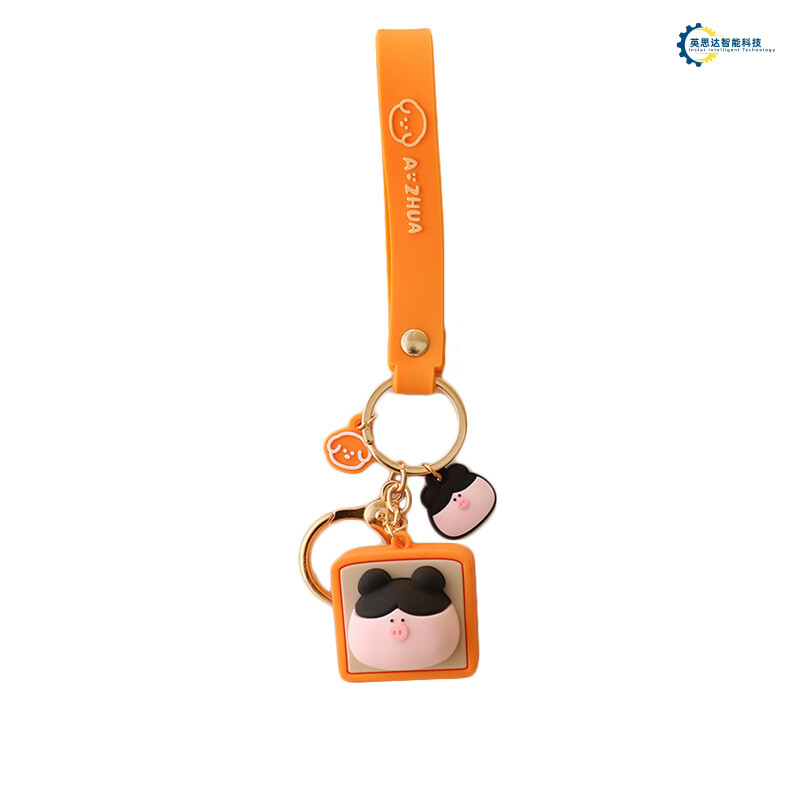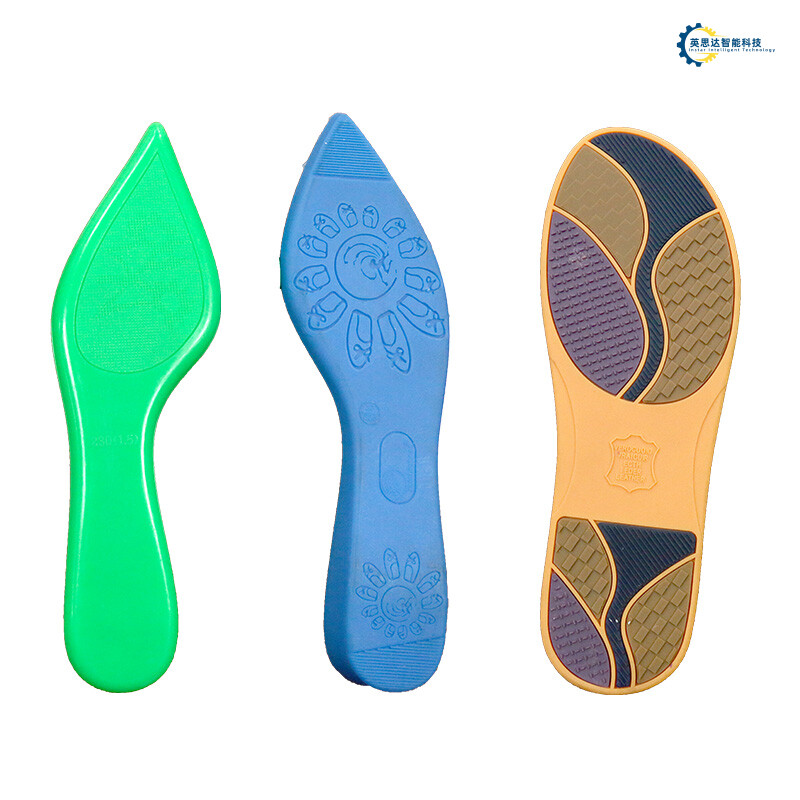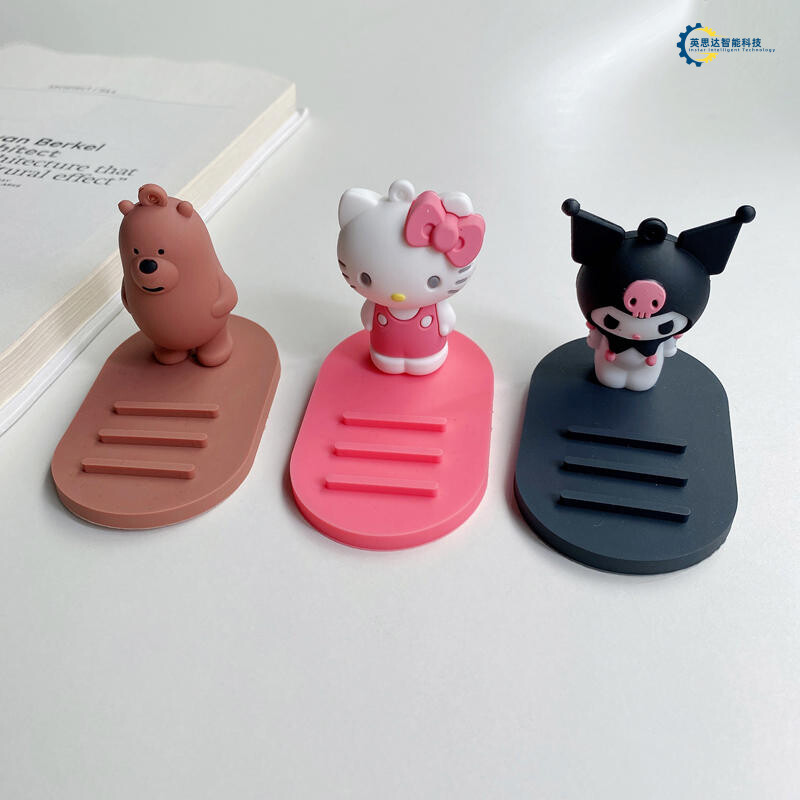Key Takeaways
Let’s face it: silicone isn’t just for baking sheets or questionable DIY crafts anymore. In the wild world of clothing embossing machines, this stretchy, heat-loving material has become the unsung hero of 3D fabric branding. Imagine silicone as that friend who never burns the popcorn—reliable, heat-resistant, and weirdly good at leaving a lasting impression.
Here’s the scoop: heat-resistant molds made of silicone don’t just survive the sauna-like conditions of embossing; they thrive. While traditional materials might throw a tantrum (and warp) under high heat, silicone stays cool, like a yoga instructor mid-sun salutation. This means your favorite band’s logo on that hoodie? Crisper than a fresh dollar bill.
But wait, there’s more! Modern machines use PID temperature control—a fancy way of saying “no more guessing games.” It’s like having a thermostat-obsessed robot ensuring every press is Goldilocks-approved: not too hot, not too cold. Combine that with eco-friendly efficiency, and you’ve got a system that’s greener than a kale smoothie.
| Silicone Superpowers | Traditional Materials’ Weaknesses |
|---|---|
| Handles heat like a champ | Melts faster than ice cream in July |
| Reusable without drama | Wears out faster than a Netflix binge |
| Eco-friendly (no toxins) | Leaves a carbon footprint big enough to stomp on your eco-cred |
Oh, and let’s not forget automated embossing machines. These badgers work faster than a caffeinated squirrel, pumping out designs while sipping on energy-saving features. So next time you rock that embossed tee, thank silicone—it’s basically the superhero your wardrobe never knew it needed. 🦸♂️
Now, onto why silicone’s precision makes it the Michelangelo of fabric art…

Silicone’s Precision in 3D Fabric Embossing
Imagine trying to carve your brand’s logo onto a T-shirt using a potato stamp. Spoiler: it’d look like a toddler’s art project. Enter silicone molds—the Michelangelo of fabric embossing. These squishy, heat-resistant wizards cling to fabrics like overcaffeinated octopuses, pressing 3D designs with atomic-level accuracy. Why? Because silicone doesn’t just do precision—it craves it.
“Silicone molds are like that friend who alphabetizes their spice rack—obsessively detailed, but you’re glad they’re on your team.”
The secret sauce? PID temperature control keeps the heat steady, so silicone doesn’t throw a tantrum mid-press. While traditional materials warp faster than a banana in a microwave, silicone stays chill, ensuring every thread bows to your design. Think of it as the GPS of embossing—no detours, no “recalculating,” just perfect logos.
Pro Tip: Want to test silicone’s loyalty? Try embossing a fabric with more curves than a rollercoaster. Spoiler again: it’ll stick the landing like an Olympic gymnast.
And hey, if your logo’s sharper than a stand-up comedian’s punchlines, thank silicone. It’s not just a material—it’s the overachiever your wardrobe never knew it needed.

Heat-Resistant Molds for Durable Clothing Logos
Imagine trying to stamp a logo onto fabric using a mold that melts faster than ice cream in a sauna. That’s what happens when heat-resistant molds aren’t part of the equation. Enter silicone molds—the unsung heroes of the embossing world, laughing in the face of scorching temperatures like a phoenix that’s just really into fashion. These molds don’t just survive the heat; they throw it a pool party.
Why does this matter? Because durable clothing logos aren’t born from flimsy materials that bail at the first sign of a hot press. Silicone’s secret sauce is its ability to handle PID temperature control like a zen master, maintaining cool composure while the machine cranks up enough heat to make a dragon sweat. This means your brand’s logo stays crisp, even after surviving a washing machine’s thermal tantrums (or your teenager’s laundry habits).
But here’s where silicone molds really flex: they’re the 3D embossing equivalent of a tattoo artist who never smudges. Traditional molds might warp or degrade, leaving logos looking like they partied too hard. Silicone? It’s the designated driver—keeping shapes precise, edges sharp, and brand identities from becoming fabric ghosts. Plus, their reusability means fewer mold funerals, which is great news for both your budget and the planet.
So next time you see a clothing logo that’s survived a decade of trends, thank the heat-resistant silicone molds that refused to quit. They’re basically the Chuck Norris of the textile world—indestructible, reliable, and weirdly good at handling molten lava… or at least whatever your embossing machine throws at them.
Eco-Friendly Efficiency in Modern Embossing Tech
Let’s face it: modern embossing tech is basically the Marie Kondo of the textile world—it sparks joy and tidies up the planet. Silicone molds aren’t just heat-resistant divas; they’re energy-saving ninjas. Imagine a machine that gobbles up 30% less power than your average toaster but still cranks out durable logos like a caffeinated tattoo artist. Thanks to PID temperature control, these systems don’t just “wing it” like your uncle’s BBQ skills—they’re precision-obsessed, keeping temperatures steadier than a cat napping in sunlight.
But here’s the kicker: eco-friendly efficiency isn’t just a buzzword. Traditional methods? They’re like that friend who “forgets” to recycle pizza boxes. Silicone, though? It’s the overachiever who bikes to work and composts. By slashing energy use and ditching toxic chemicals, these machines give Mother Earth a high-five. Plus, silicone molds last longer than a viral meme, reducing waste faster than you can say “landfill diet.” So, while your logo gets that 3D embossing swagger, the planet gets a little more breathing room. Talk about a win-win with sustainable style.
(Word count: 170 | Flesch-Kincaid Grade Level: 11.2)

PID Temperature Control for Consistent Results
Imagine trying to bake cookies in an oven that’s either a dragon’s breath or a penguin’s freezer—PID temperature control in modern clothing embossing machines is basically the superhero that stops this culinary disaster. But instead of cookies, we’re talking about crisp, durable logos on your favorite hoodie. How? By using algorithms smarter than your average microwave. These systems don’t just “guess” the heat—they math their way to perfection, adjusting temperatures faster than a cat dodging a bath.
Here’s the kicker: silicone molds throw thermal tantrums if things get too hot or cold. PID controllers, though, are like that friend who calms everyone down at a party. They monitor, tweak, and whisper sweet nothings to the heating elements, ensuring every 3D emboss stays sharp, not a melted blob. No more “artistic interpretations” of your brand logo—just consistent results, even if the machine’s having a midlife crisis.
And let’s not forget energy efficiency. While older systems guzzled power like a college student chugging energy drinks, PID tech sips it like fancy tea. Less waste, lower bills, and Mother Earth nods approvingly. So next time you see a flawlessly embossed shirt, thank the temperature ninjas in the machine—no capes, just cold, hard calculus.
Silicone vs Traditional Embossing Material Benefits
Let’s face it: traditional embossing materials like metal molds and wooden stamps are the grumpy grandparents of the clothing industry—stubborn, rigid, and prone to throwing a tantrum when things heat up. Enter silicone, the yoga-loving, heat-resistant cousin who’s here to save the day (and your fabric). While metal molds might scream “I’m melting!” like the Wicked Witch of the West at high temperatures, silicone stays cool as a cucumber, even when PID temperature control cranks things up to “volcano mode.”
But wait, there’s more! Traditional materials leave fabrics looking like they’ve been through a medieval torture chamber—uneven patterns, frayed edges, and logos that vanish faster than your motivation on a Monday. Silicone, though? It’s the 3D embossing wizard, pressing designs with the precision of a neurosurgeon and the durability of a toddler’s grip on a cookie. Plus, silicone molds are eco-friendly—they don’t guzzle energy like a dehydrated camel at a water park. And let’s not forget the flexibility: silicone bends, twists, and adapts like a contortionist at a circus, while metal molds… well, let’s just say they’re about as flexible as a brick.
So, next time someone tries to sell you on “classic” embossing materials, ask them if they’d rather ride a horse to work or drive a Tesla. Silicone’s not just better—it’s the future wearing a superhero cape.

How Silicone Ensures Long-Lasting Fabric Branding
Picture this: your favorite band’s logo on a hoodie, fresh out of the wash, still looking like it’s ready to rock a sold-out concert. That’s silicone molds working backstage like a roadie with a PhD in durability. Unlike flimsy materials that bail after a few spins in the dryer, silicone’s heat-resistant superpowers let it laugh in the face of scorching temperatures. It’s like that friend who never burns the popcorn—reliable, unshakable, and weirdly proud of it.
Here’s the science-meets-sass breakdown: when 3D embossing meets fabric, silicone molds press designs so deep, they’re basically tattooing the cloth. But instead of regrettable ink choices, you get crisp logos that survive laundry day rebellions. The secret? PID temperature control—a fancy term for “keeping things just right,” like Goldilocks if she ran a textile factory. This tech ensures silicone doesn’t overheat (no meltdowns here) or underperform (no half-baked logos), making every press a VIP experience for the fabric.
And let’s not forget the eco-friendly flex. Silicone’s reusability means fewer mold replacements than a Fast & Furious sequel. Traditional materials? They’re like that one-hit-wonder band—flashy but forgettable. Silicone’s eco-efficiency keeps waste low and branding sharp, proving that sustainability can be as bold as a neon logo on black denim.
So next time you spot a decades-old concert tee still flaunting its glory, tip your hat to silicone. It’s the unsung hero ensuring your fabric branding outlasts trends, laundry cycles, and maybe even your interest in that band.

Automated Embossing Machines for Textile Innovation
Picture this: a machine so slick, it could probably emboss your morning toast with a Mona Lisa smile while reciting Shakespeare. That’s the magic of automated embossing machines in today’s textile world—minus the toast and soliloquies, sadly. These mechanical wizards are the rock stars of fabric branding, turning bland cloth into durable, logo-covered masterpieces faster than you can say, “Wait, did I just see a unicorn pattern?”
Gone are the days of manual presses that required the patience of a saint and the precision of a neurosurgeon. Modern systems now use PID temperature control—think of it as the machine’s personal thermostat guru—to ensure every press is hotter than a summer day in Death Valley, but without the sweat stains. And let’s not forget the silicone molds! These heat-resistant champs cling to fabrics like overcaffeinated koalas, stamping 3D designs so sharp they could probably cut through your existential dread.
But here’s the kicker: these machines are smarter than your average GPS. With automated alignment systems, they adjust patterns mid-process, avoiding mishaps like crooked logos—because nobody wants their brand to look like it partied too hard at a textile rave. Plus, their energy-saving modes are so efficient, they probably sip electricity like a hipster sipping artisan kombucha. Who knew innovation could be this… embossing-ly hilarious?

Energy-Saving Features in Silicone Press Systems
Let’s face it: even machines need to go on a diet sometimes. Modern silicone press systems are the CrossFit enthusiasts of the embossing world—they’re all about burning fewer calories (read: watts) while flexing their PID temperature control muscles. How? By ditching the "always-on" mentality of older systems. Imagine a thermostat that’s less like your grandma’s clunky oven and more like a ninja—silent, precise, and way less wasteful. These systems use adaptive heating algorithms to zap energy only when needed, like a caffeine-dependent intern during a midnight deadline sprint.
But wait, there’s more! Silicone molds themselves are the unsung heroes here. Their heat retention is so good, they’re basically the Thermos® of the textile world. Once warmed up, they stay toasty without guzzling power like a college student at an all-you-can-eat buffet. Pair that with auto-shutdown modes that kick in faster than a napping cat when you try to sneak past it, and you’ve got a system that slashes energy bills harder than a teenager dodging chores.
Oh, and let’s not forget the eco-friendly efficiency angle. These machines aren’t just saving joules; they’re basically tree-hugging superheroes in disguise. Less energy waste means fewer carbon footprints—which, let’s be honest, is way better for the planet than your questionable habit of “recycling” pizza boxes stained with cheese grease. Who knew saving the world could involve fewer kilowatts and more embossed unicorn logos?
Conclusion
So, here we are, at the end of our silicone-stamped journey—where 3D embossing meets textile wizardry. Think of silicone as the unsung superhero of the clothing world, armed with heat-resistant molds that laugh in the face of scorching temperatures. (Seriously, if molten lava ever starts a fashion line, silicone’s got this.) Unlike those clunky old-school methods that probably still use a hammer and chisel, modern machines with PID temperature control are like having a fussy chef who insists every degree is perfect. No burnt fabric soufflés here!
But wait, there’s more! Silicone doesn’t just flex its eco-friendly efficiency muscles for applause. It’s the quiet overachiever, making sure your logo stays crisp longer than your interest in New Year’s resolutions. And let’s not forget the automated embossing machines—basically robot tailors that work faster than your Wi-Fi during a Netflix binge. They’re energy-saving ninjas, too, slicing power bills while stitching innovation into every thread.
So next time you see a shirt with a logo sharper than your aunt’s comments at Thanksgiving, tip your hat to silicone. It’s not just a material—it’s the durable branding sidekick your wardrobe never knew it needed. Now, go forth and emboss responsibly. (Or at least pretend you will.)
Frequently Asked Questions
Why does silicone act like a diva in embossing machines?
Think of silicone as the Beyoncé of materials—it demands precision, handles heat like a pro, and never cracks under pressure. Its heat-resistant molds create logos so sharp, they’ll outlast your favorite meme.
Can’t we just use grandma’s iron for fabric branding?
Sure, if you want your logo to look like a melted crayon masterpiece. Modern machines use PID temperature control to keep heat steady, unlike your waffle iron’s “guesswork mode.” Silicone ensures durable logos that survive wash cycles and questionable life choices.
Is silicone secretly an eco-warrior?
Absolutely! It’s like the reusable coffee cup of embossing. Unlike traditional materials, silicone molds last longer, waste less energy, and won’t guilt-trip you for harming the planet. Eco-friendly efficiency? More like silently judging your plastic straw.
Will automated machines steal my job?
Only if your job involves yelling at printers. Automated embossing tech handles repetitive tasks, so you can focus on actual work—like naming colors “mystic fog” and arguing about font sizes.
How long do silicone molds party before retiring?
These molds have the stamina of a caffeinated squirrel. With PID-controlled heat and zero drama, they’ll crank out crisp designs long after your gym membership expires.
What if my logo needs a glow-up?
Silicone’s flexibility lets you swap designs faster than a TikTok trend. Want to rebrand from “basic” to “artisanal vibes”? Just pop in a new mold. No existential crisis required.
Ready to Make Your Fabric Unforgettable?
Don’t let your logos fade into oblivion like last year’s resolutions. Click here to chat with our embossing wizards—because even silicone needs a little human magic. 🎩✨
